Description
The Master and Margarita is the most famous work of Mikhail Bulgakov. He began writing the novel in 1928, the early years of the Soviet Union. Bulgakov rewrote the book several times to get the version he wanted. In writing his book, he was inspired by Goethe’s play “Faust”. When he stopped writing the novel four weeks before his death in 1940, some of the book’s sentences were still unfinished. His wife finished the book and prepared it for publication. Although this book was not published during the author’s lifetime, after his death, his name remained in the history of literature.
The Book of the Guide and Margarita
In the nineteenth and twentieth centuries, Russia, from the bourgeoisie to communism, introduced writers to world literature whose works delighted the reader. Murshid and Margarita Bulgakov is one of those fascinating and complex Russian novels that offers the reader philosophical, romantic, fantasy and a bit of humor elements at the same time in the context of a compelling and readable story. A book that can be called one of the literary masterpieces of the twentieth century.
Murshid and Margarita; The Magic of Bulgakov
Murshid and Margarita was first published in a Moscow magazine from 1966 to 1967 as a sequel to the censorship of the former Soviet communist regime, and in 1967 as a book. From the censored version of Murshid and Margherita, although parts of it were removed and the names of some people and places were changed; Highly welcomed in Russia. The full version of the book was released 6 years later. Amazon has listed Murshid and Margarita in the list of 1001 books to read before dying.

Bulgakov’s writing style in Murshid and Margarita
Bulgakov wrote Murshid and Margarita in the style of magical realism. A literary style in which all events seem to be real in a story, but there is a magical and unnatural element between this realism. It is as if the myths of reality are intertwined.
Bulgakov also travels to different times in different parts of Murshid and Margarita and uses the fantasy elements of Murshid and Margarita’s book to become one of the exemplary examples of the style of magical realism.
Murshid and Margherita consist of three different storylines: Satan’s journey to Moscow, Christ’s crucifixion in “Jerusalem” during the Pontius Pilate’s thriller, and Murshid and Margherita’s love story. Critics say he put all of these paths together artistically so that he could speak out of the Stalinist regime’s censorship.
At first, the issues may seem irrelevant, but little by little, in the process of the book, the reader realizes the connection between the events of different storylines. Murshid in the story of Murshid and Margarita, who according to his critics are Bulgakov, is parallel to the character of Christ. In Murshid and Margarita, he pursues an important goal by paralleling events in Moscow and Jerusalem. Bulgakov tries to tell the reader that the tumultuous “Jerusalem” of Christ’s time is the “Moscow” of his time, and thus expresses his concerns for his land.
Synopsis of Murshid and Margarita; Three stories and two times
Murshid and Margarita are written in two parts. The first part of the book has two story lines. The first storyline begins in Moscow in 1930. A poet named Bezdomani sits with an editor named Berlioz and talks about the existence or non-existence of “Christ”. In the same place, they encounter Veland, who is the embodiment of Satan in a human body. In the continuation of the story, we find out that Holland also has companions and they figure out strange and unnatural events in Moscow …
The second storyline is the crucifixion of Christ, which Veland narrates for Berlioz and Bezdomani. This part of the story takes place in “Jerusalem” during the reign of Pontius Pilate. Yousa Nasseri is a prisoner accused of inciting people to set fire to a temple in Jerusalem. His death sentence has been issued and Pinus Pilates must confirm it. He has a severe mental conflict and the feeling of spiritual dependence on Jesus does not leave him …
The second part of the story is about Margarita, a woman who is the mistress of the mentor and this love forces her to leave her husband. Murshid is the author of a novel about Christ and Pontius Pilate. He sent his novel to the literary institute edited by Berlioz, and they rejected his novel. This incident disturbs the mentor psychologically. The common point of the first and second parts of the story is the devil (Weland).
Mikhail Bulgakov
Mikhail Bolgakov Mikhail bolgakov is a Russian writer, playwright and physician. He was born on May 15, 1891, in Kyiv, the present-day capital of Ukraine, which was then part of the Russian Empire. He is at Kiev University; Studied medicine. After graduating, Bulgakov was sent to the village of Nikelsky to serve in the army. He has written the memoirs of this period of his life in a book called “Notes of a young village doctor”. Mikhail Bulgakov later left medicine and only wrote and became one of the most famous Russian figures. The Bulgakov Museum in Russia is one of the most fascinating literary museums in the world.
The museum, which is actually the author’s former apartment, is located on Bolshaya Sadovaya Street in Moscow. In the Bulgakov Museum you can see pictures from the book of the Master and Margarita, as well as elements that take you back to the book space. In 1982, an asteroid named Bolgakov – the asteroid Bolgakov3469 – was named.
Other works by this author include “Dog Heart”, “Black Snow”, “Morphine” and “Ominous Eggs”, which have been translated and published in Persian in Iran. Bulgakov died in 1940. Moscow’s Novodevichy Cemetery is the burial place of the famous Russian author.
Translated by Morshed and Margarita in Iran; From Milani to Shahdi
Morshed and Margarita, like many famous literary works, have been translated into Persian several times in Iran. The first and most famous Persian translation of Morshed and Margarita belongs to Abbas Milani, an Iranian researcher and writer. Abbas Milani has introduced the story of Murshid and Margarita in the best way in the foreword he wrote for his translation.
Although most people believe that the best translation of Morshed and Margherita is translated by Abbas Milani, some have recommended buying Bahman Farzaneh’s translation of this book. Bahman Farzaneh has translated the name of the book “Master and Margarita”. Shirmohammadi Publishing also released the translation of “Sophia Jahan” from this book.
In 2015, Parviz Shahdi, a prolific Iranian translator, translated Morshed and Margarita again. Majid Publications (in words) has published this translation.
Murshid and Margarita in the cinema
The novel Morshed and Margarita also attracted a lot of attention in cinema, and many directors made adaptations of it. Alexander Petrovich first made the film Murshid and Margarita in 1972, based on the novel of the same name and in a fantasy style. Another version of Murshid and Margarita was made in 1994, directed by Yuri Kara. The film was not released until 2011 and was only shown privately in Russia.
We read in passages from Murshid and Margarita
Margarita resumed her flight and saw the leader of the jazz orchestra, who was trying to compete with the orchestra playing the Polish song, had now started a controversy behind her, trying to stop the orchestra’s players from throwing cymbals, and they, too, expressed their ridiculous fear. They stole their heads.
They finally reached Pagard, where “Cruyff” had greeted Margarita with a candle in the dark. But now the bright light from the cluster-like crystal chandeliers dazzled their eyes. Margarita settled there and a pillar of sapphire was placed under her arm.
“If you really feel tired, you can rely on it,” Crowow whispered.
The black slipped a pillow under Margarita’s legs with a picture of a dog embroidered with gold threads. Then Margarita tried to see more clearly what was around. “Crowow” and “Azazel” were standing next to him formally. Next to Azazil were three young men whose faces reminded Margarita of Abadona. He felt a cool breeze behind him, and when he returned he saw a marble wall jumping out of a drinking fountain and pouring into an icy pool. He felt something warm and velvety on his left foot, it was “Behimut”.
Rasia-1 TV also made a TV series in 10 episodes of 52 minutes based on this novel in 2005, which was well received by the audience. “Incident in Judea” is an English film made in 1991 based on Murshid and Margarita. In this film, only parts of the novel that are related to the history of Christianity are dealt with.
Related books
1- Introducing Master and Margarita’s book on YouTube
2- Introducing the book of Master and Margarita in Aparat


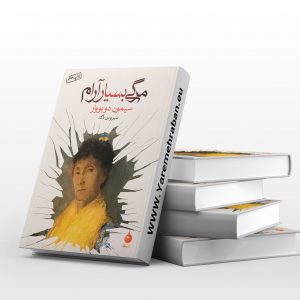
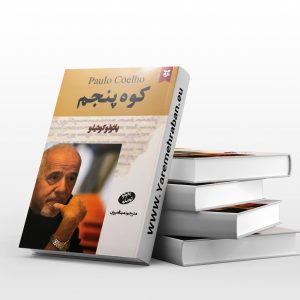
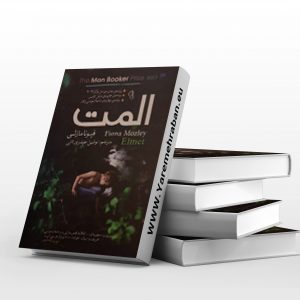

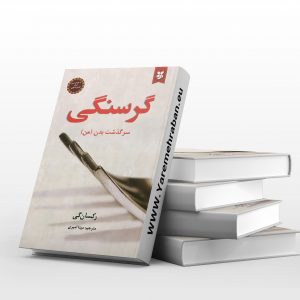

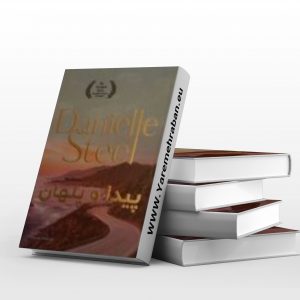
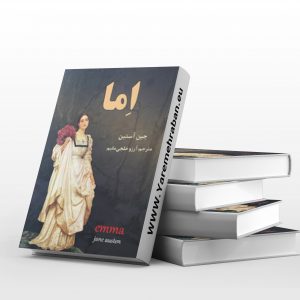
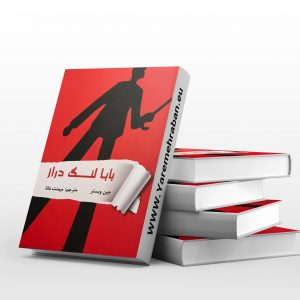
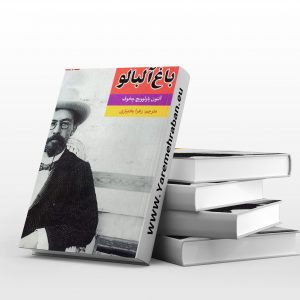
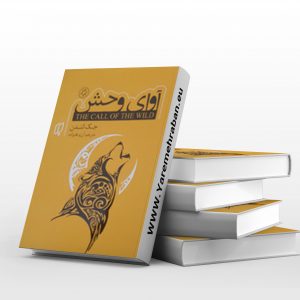
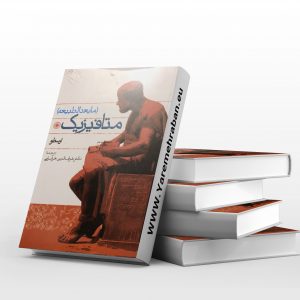
Reviews
There are no reviews yet.